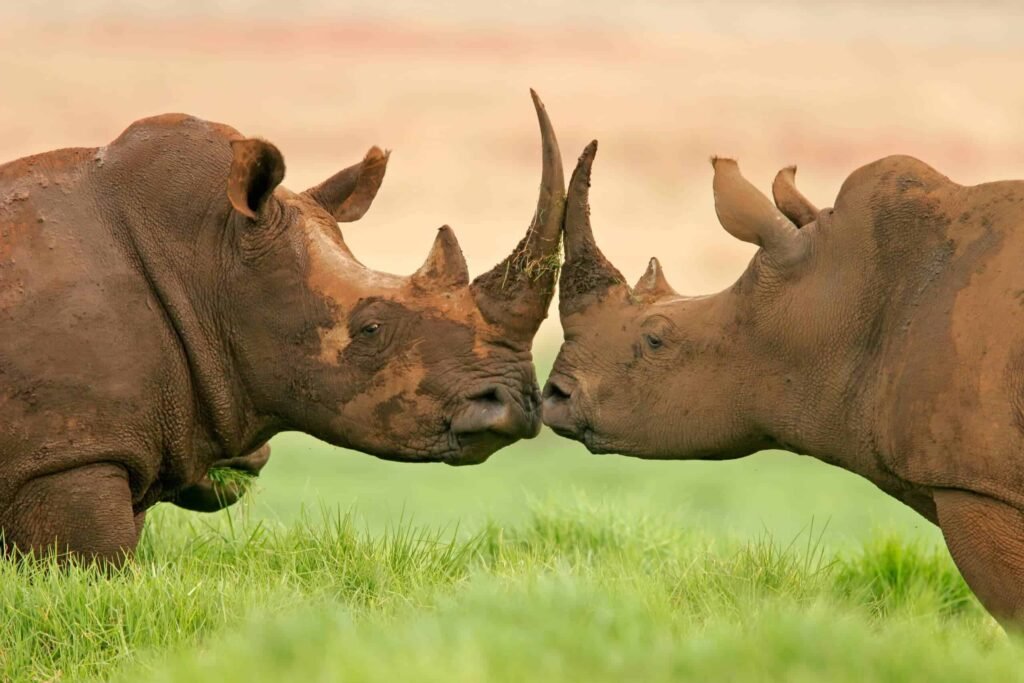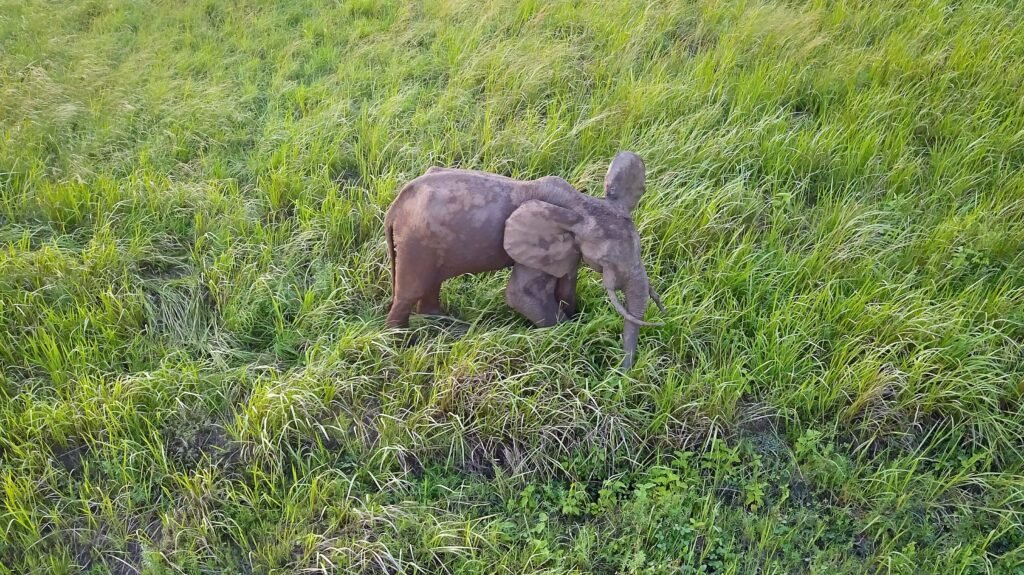Imagine standing in front of a gentle giant whose kind once roamed vast African plains in great numbers, only to realize you are looking at one of the very last of its species. The northern white rhinoceros has been pushed to the very brink of extinction, with only two remaining individuals, both female, left on our planet. Their story is not just about loss—it’s about hope, innovation, and a race against time, as scientists turn to the extraordinary world of stem cell technology to try and reverse what once seemed inevitable. Can science rewrite fate and offer the northern white rhino a future?
The Rapid Decline of the Northern White Rhino
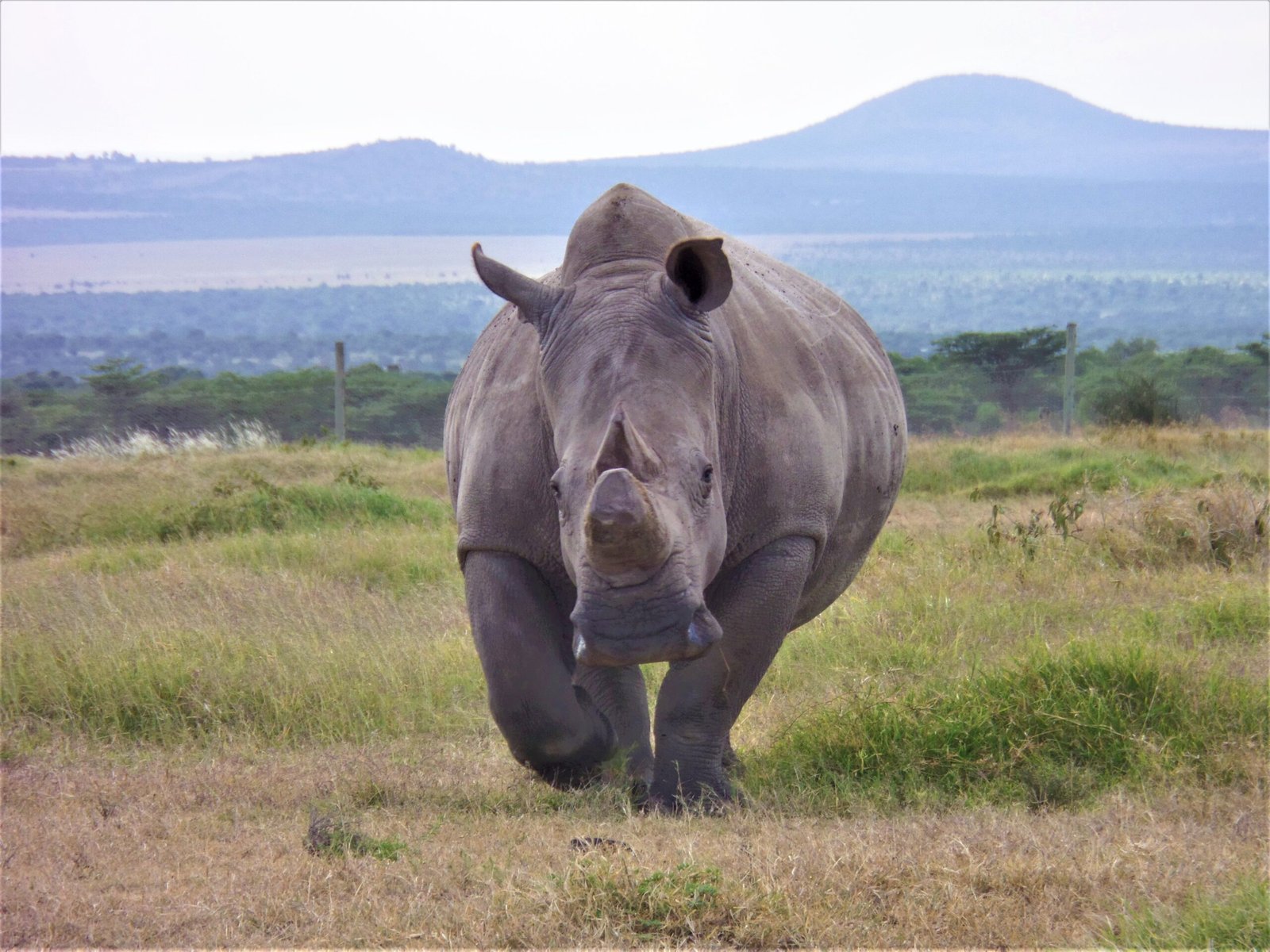
The northern white rhino’s descent towards extinction is a heartbreaking tale of human impact. Decades ago, vast herds wandered across Central and East Africa, grazing peacefully. Poaching for their horns—a commodity more valuable than gold in some markets—drove their numbers down at a shocking pace. Habitat loss and conflict in their native regions only accelerated their decline. By the early 2000s, their population had plummeted so dramatically that conservationists grew desperate. Each loss was a blow not just to the species but to the fragile ecosystems they helped maintain.
The Last Survivors: Najin and Fatu
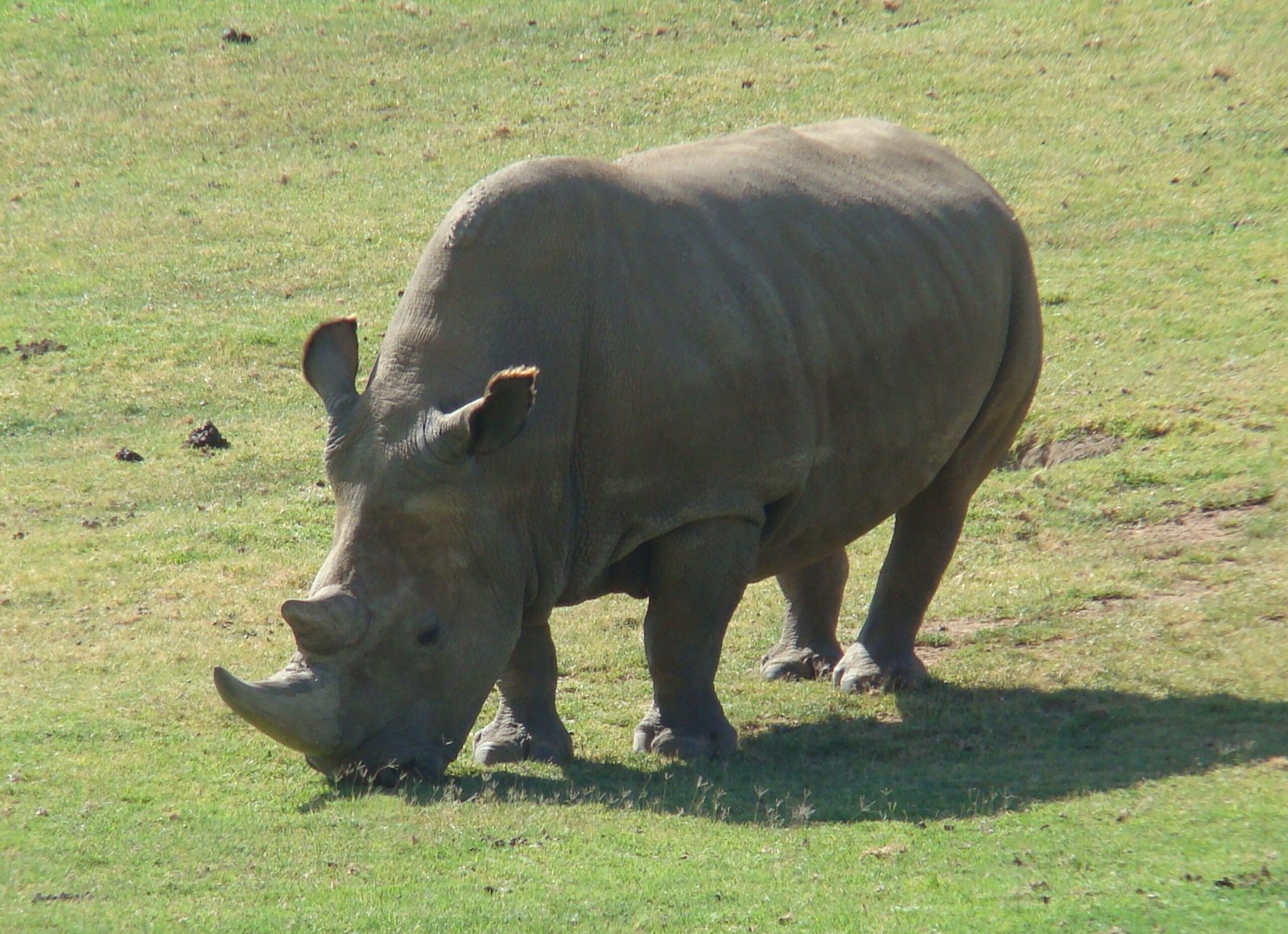
Today, only two northern white rhinos remain: Najin and her daughter Fatu, both living under armed guard in Kenya. With the last male dying in 2018, natural breeding became impossible, closing the door on traditional conservation methods. These two rhinos represent both a painful reminder of what’s been lost and a beacon of hope for what might be reclaimed. Their caretakers watch over them with unwavering dedication, knowing the fate of an entire species rests on their shoulders.
Understanding Stem Cells: The Basics
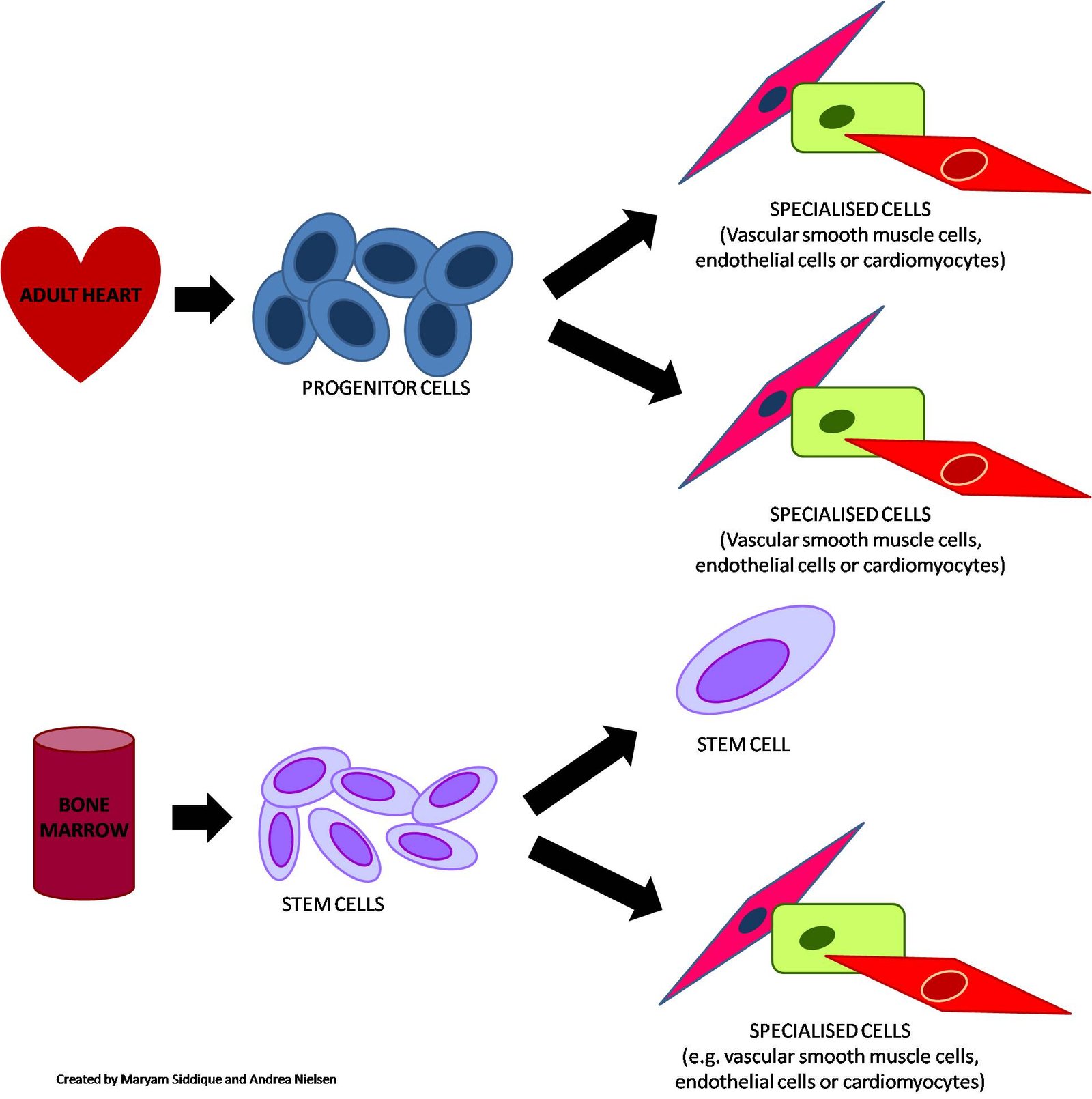
Stem cells are a marvel of nature—unique cells capable of transforming into any other cell type in the body. Imagine them as blank slates, ready to become muscle, skin, or even eggs and sperm. In the context of the northern white rhino, stem cells offer a tantalizing possibility: creating new life where nature alone cannot. Through a process called induced pluripotent stem cell (iPSC) technology, scientists can take ordinary skin cells and revert them back to this versatile, early stage, setting the stage for groundbreaking intervention.
The Science Behind Creating Rhino Embryos
Researchers have already taken huge steps by creating embryos using the eggs from Najin and Fatu, fertilized with frozen sperm from deceased males. However, these females are unable to carry a pregnancy, so the embryos must be implanted into a surrogate—usually a closely related southern white rhino. The process is delicate and complex, involving intricate lab work and the careful handling of genetic material. Every embryo represents a fragile hope, a chance at a new northern white rhino calf.
Challenges of Using Surrogate Mothers
Selecting and preparing surrogate mothers is a science in itself. Southern white rhinos, though similar, are not identical to their northern cousins, and there is always a risk that the pregnancy won’t take, or that a calf won’t survive. Scientists must ensure the surrogate is healthy, compatible, and able to carry the pregnancy to term. Each attempt is a leap of faith, with months of waiting and uncertainty. The emotional investment from everyone involved cannot be overstated—every failed attempt is a heartbreak, but every positive result renews hope.
Ethical Questions and Emotional Dilemmas
The use of stem cells and assisted reproduction raises tough ethical questions. Some ask if it’s right to bring back a species from the edge when their habitats are still under threat. Others worry about the welfare of surrogate mothers and the animals created through these methods. Still, the overwhelming consensus among conservationists is that the alternative—giving up entirely—is simply unthinkable. The emotional stakes are high, and each decision weighs heavy on those involved.
The Role of Genetic Diversity
A key challenge in reviving the northern white rhino is genetic diversity. With so few individuals left, the gene pool is dangerously small, leaving new calves at risk of genetic diseases and reduced resilience. Scientists are carefully selecting and combining genetic material from as many different individuals as possible, including some stored in gene banks for decades. This careful planning is essential for creating a healthy, sustainable population that could one day thrive on its own.
Collaboration Across Borders
Saving the northern white rhino is a truly global effort, uniting scientists, conservationists, and governments from around the world. Laboratories in Europe, Africa, and Asia work together, sharing data and resources. Wildlife reserves and zoos contribute expertise and funding. This international collaboration is a testament to what humanity can achieve when united by a common purpose: the survival of a magnificent species.
Inspiration for Future Conservation
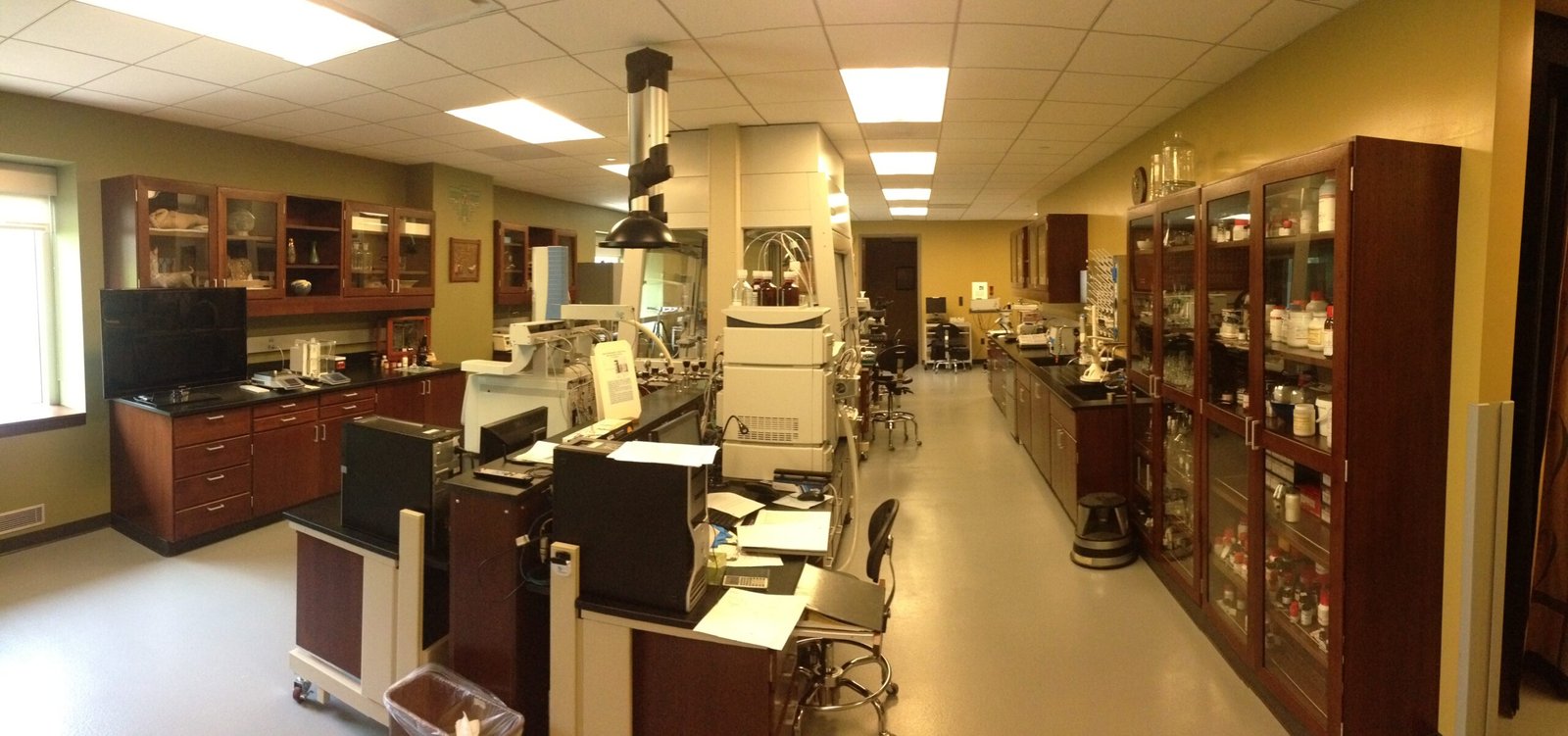
The northern white rhino’s story is inspiring a new wave of conservation efforts that reach far beyond rhinos. The lessons learned in stem cell technology and genetic rescue are already being applied to other endangered animals, from big cats to birds. Each success builds momentum and proves that science, when guided by compassion and urgency, can offer new solutions to old problems.
The Hopeful Road Ahead
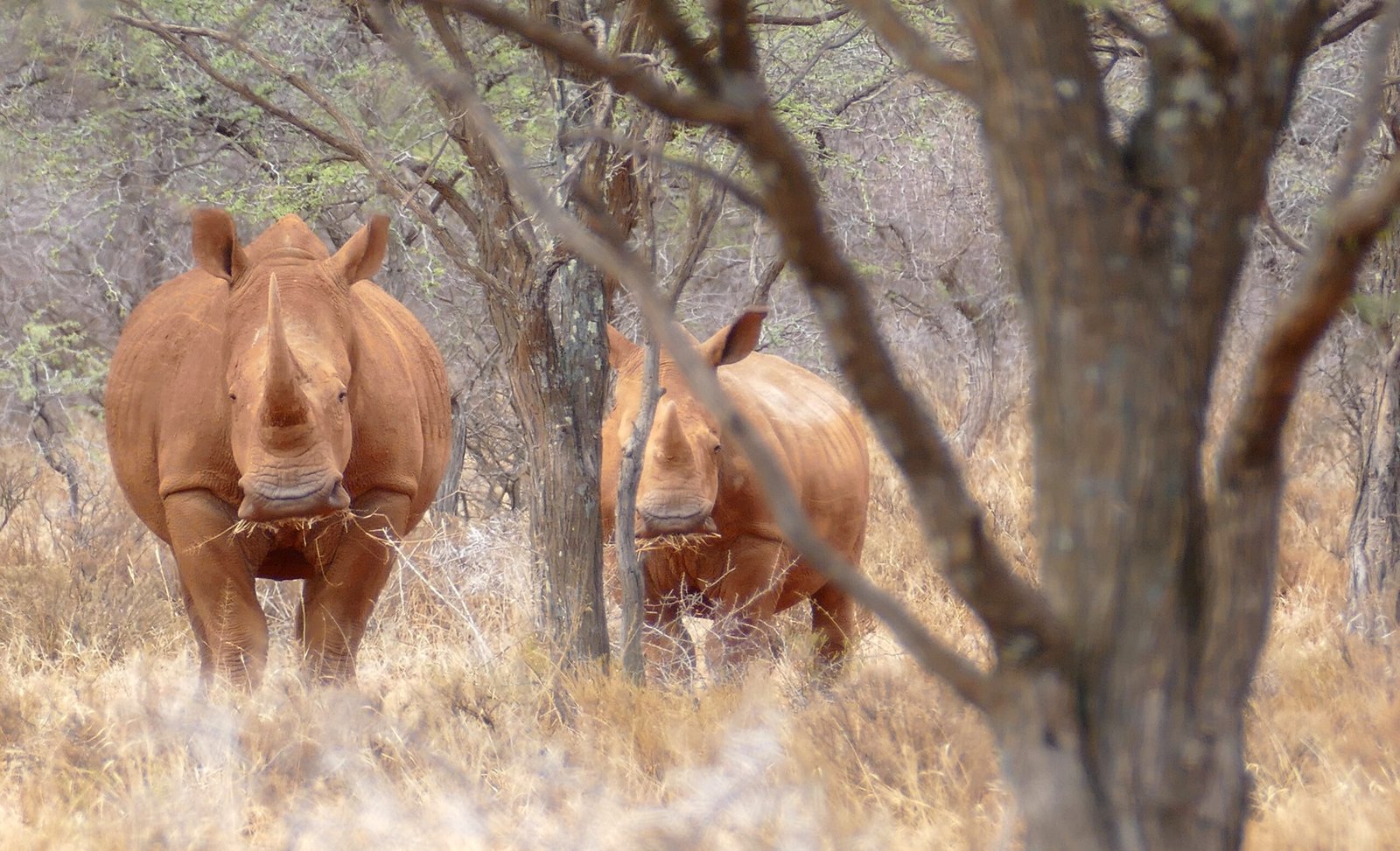
While the journey to saving the northern white rhino is filled with obstacles, each step forward is a triumph of determination and ingenuity. The sight of a northern white rhino calf, born from a process that once seemed like science fiction, would be a powerful symbol of what humanity can achieve when we refuse to accept extinction as the final chapter. Every embryo, every experiment, and every sleepless night spent protecting Najin and Fatu brings us closer to that moment.
The fate of the northern white rhino hangs in the balance, shaped by our choices, our science, and our willingness to act. In a world where so many species silently disappear, this bold rescue mission stands as a call to protect what we still have—and to hope for miracles where they are so desperately needed.

